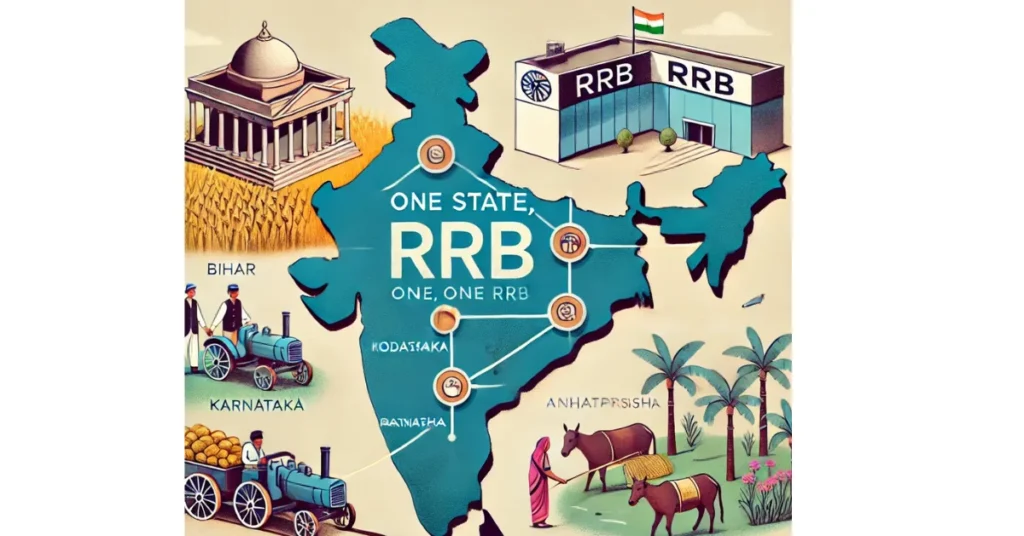Why the Regional Rural Banks IPO Matters for India’s Financial Future
The Ministry of Finance’s recent announcement on the Initial Public Offering (IPO) of Regional Rural Banks (RRBs) marks a pivotal moment for India’s rural banking system.
This strategic move is designed to inject fresh capital into RRBs, opening the door to public investment and greater financial inclusion in underserved regions.

What Are Regional Rural Banks (RRBs)?
Established to serve the financial needs of India’s rural communities, Regional Rural Banks are essential to promoting inclusive growth.
These banks focus on delivering credit and financial services such as agricultural loans, personal finance, and savings products to rural populations.
RRBs are jointly owned by the Central Government, State Governments, and sponsoring public sector banks, and their mission is rooted in improving the economic well-being of rural India.
The Latest Policy Shift
On May 16, 2025, the Ministry of Finance released guidelines allowing RRBs to raise capital from the market via IPOs.
The objective is to strengthen their capital base and bring private stakeholders into the fold, all while ensuring regulatory discipline and financial stability.
Key Highlights from the Announcement:
IPO Eligibility:
RRBs must maintain a minimum net worth of ₹300 crores for the past three years.
Profitability:
A minimum of ₹15 crores in pre-tax operating profit in at least three of the last five years.
Regulatory Clean Slate:
RRBs must not be under any prompt corrective action from the RBI and must comply with all applicable statutory and regulatory requirements.
What Privatization Means for RRBs
This IPO move represents a shift toward partial privatization.
While the Government retains a controlling interest, private investments can help modernize operations and make these banks more competitive.
1. Boosting Capital Reserves
Public listings will provide RRBs with access to essential funds, allowing them to increase lending in rural areas and offer improved financial services.
2. Healthy Competition
Opening the sector to private investors could drive better performance, operational innovation, and customer-centric services, making RRBs more agile and responsive.
3. Improved Governance
The presence of shareholders imposes accountability and transparency, encouraging banks to operate more efficiently and ethically.
4. Accelerated Innovation
With increased funding, RRBs can invest in digital transformation—like mobile banking and fintech partnerships—to better serve remote populations.
5. Fueling Rural Development
Better access to credit and banking services can catalyze growth in agriculture, small businesses, and rural infrastructure, leading to broader economic upliftment.
A Closer Look at the IPO Criteria
To safeguard both investors and institutions, the government has established strict eligibility norms:
Capital Strength:
A net worth threshold of ₹300 crores ensures only robust banks qualify.
Proven Profitability:
Demonstrating consistent profits indicates long-term viability.
Regulatory Discipline:
Only RRBs with clean regulatory records will be permitted to go public, enhancing investor confidence.
Challenges on the Horizon
While the initiative is promising, several hurdles must be addressed:
Investor Skepticism:
Convincing the public to invest in rural-centric banks may take time, especially in economically volatile areas.
Market Sensitivity:
The IPO’s success could hinge on broader market conditions and investor sentiment at the time of the launch.
Conclusion: A New Era for Rural Banking
The decision to allow Regional Rural Banks to go public could redefine rural finance in India.
By infusing capital and enabling innovation, this step has the potential to empower millions in underserved communities.
However, success will depend on careful execution, continued government oversight, and the ability of RRBs to evolve while staying true to their foundational mission.







